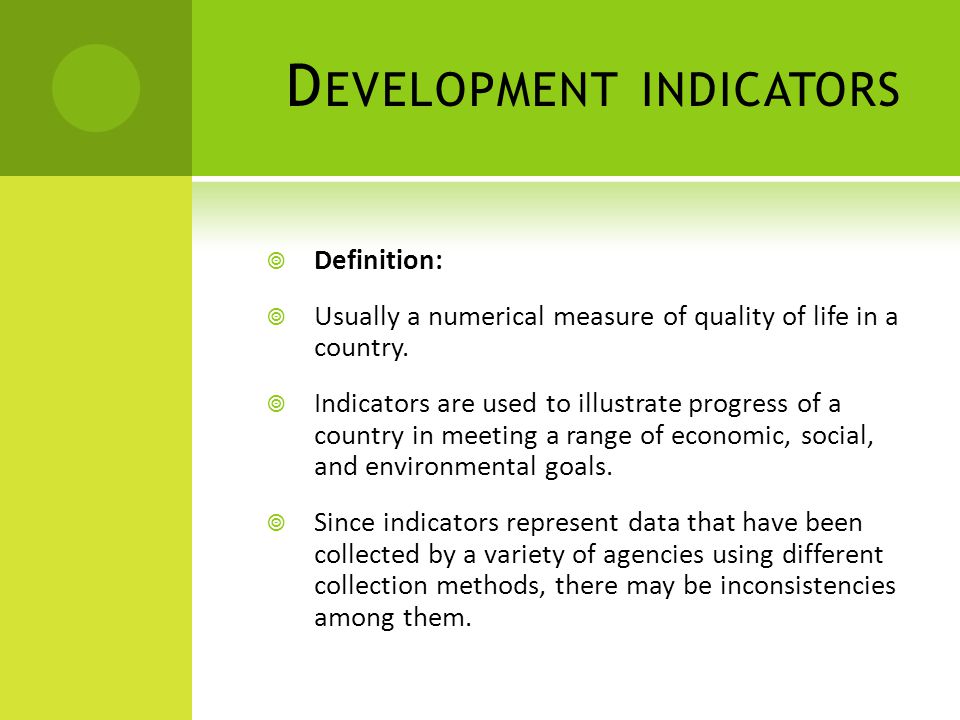Development is a process and the process is multi-dimensional. The major indicators to measure the levels of development are:
- Net National Product (NNP):
- Per Capita Income (PCI)
- Purchasing Power Parity (PPP)
- Human Development Index (HDI)
Net National Product (NNP):
• Net national product is defined as the total value of the goods and services that a country produces during a period of time, minus the depreciation cost of producing those goods and services.
• For measuring a country’s development, its income is considered to be one of the most important factors.
• It is considered a true measure of national output.
• NNP is also known as the national income.
• A rise in per capita income means an increase in aggregate real output. Hence, this is a better indicator than national income for measuring development.
Per Capita Income (PCI):
• The per capita income is a gauge for measuring the living standard of a country.
• Per capita income or average income measures the average income earned per person in a given area (city, region, country, etc.) in a specified year.
• It is calculated by dividing the area’s total income by its total population.
• A rise in per capita income (in real terms) will always mean a rise in aggregate real output.
• Calculations on the per capita income of all countries are calculated only in the US dollar in order to compare the International level.
• Hence the criterion of per capita real income is better than that of national income. But the scope of per capita national income is quite limited. Most of the limitations arise from the numerators e.g. GDP, GNP or NNP.

Purchasing Power Parity (PPP):
• Purchasing power parity aims to determine the adjustments needed to be made in the exchange rates of two currencies to make them at par with the purchasing power of each other.
• Purchasing power parity is used worldwide to compare the income levels in different countries. PPP thus makes it easy to understand and interpret the data of each country.
• The use of PPP conversion factors corrects for these differences and may, therefore, provide a better comparison of average income.
• If we use PPP estimates of GNP per capita, we find that income inequalities between developed and underdeveloped countries are somewhat lower than those we observe on the basis of the exchange rate of conversion factors, the PPP for any country is the ratio of its domestic, currency expenditures to the international price value of its output”.
• Recently, India became the third-largest economy in terms of PPP. China became the largest defeating the US to the second position.
Human Development Index (HDI):
• The Human Development Index, published each year by the United Nations Development Program (UNDP), is the world’s most famous indicator of the level of development of societies.
• It shows for almost all countries in the world how fare with regard to three key aspects of development: education, health and standard of living.
• The HDI was created to emphasize that people and their capabilities should be the ultimate criteria for assessing the development of a country, not economic growth alone.


